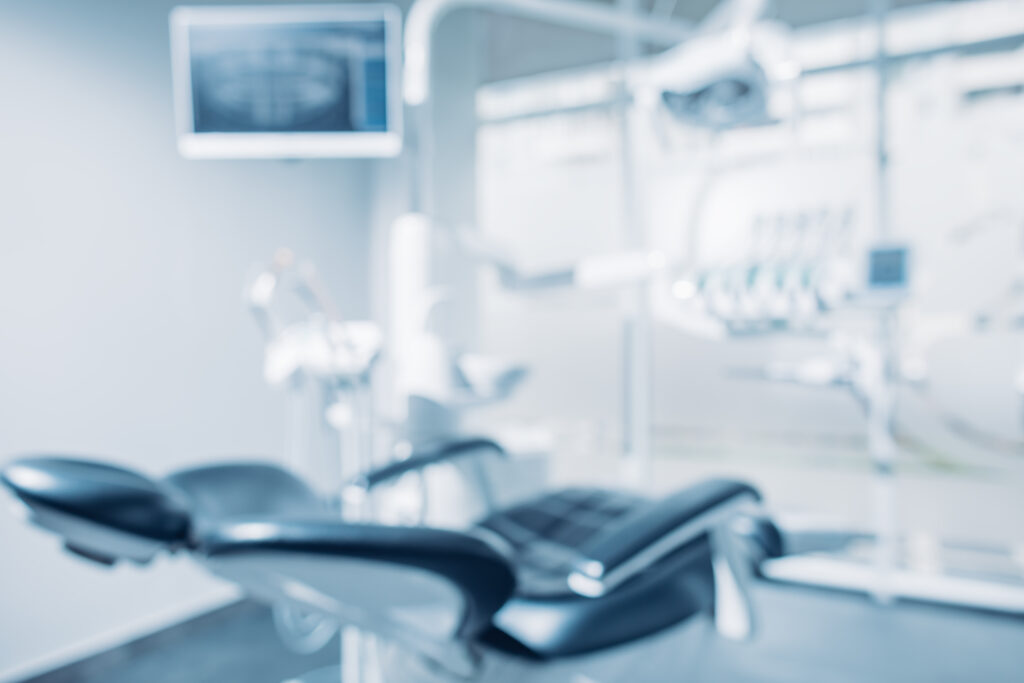
Obstructive sleep apnea (OSA) can have a devastating effect on patients’ health and quality of life, and its prevalence has dramatically increased in recent years.1 And although OSA affects millions of people in the United States alone, this condition is commonly underdiagnosed.
CPAP therapy and lifestyle changes–the most commonly recommended treatments for OSA–can often be ineffective or difficult for patients to integrate into their routines, making it difficult for people with OSA and other sleep-related breathing disorders to meaningfully improve their health.2
Poorly fitted devices and low efficacy of CPAP treatment for severe cases can lead to poor treatment compliance.3 This leaves patients vulnerable to the long-term consequences of OSA, including accidents or injuries due to daytime sleepiness and poor cognitive performance, as well as increased risk of cardiovascular disease, cancer, Type 2 diabetes, and other chronic illnesses.1
Dentists are in a unique position to help diagnose and treat OSA, ensuring these patients get the appropriate care to improve their quality of life and longevity. Dental care providers can help identify patients who may fit the criteria for alternative treatments, such as maxillomandibular advancement (MMA) surgery–which can effectively address the retrognathia that many OSA exhibit.4
How does jaw alignment affect sleep-related breathing disorders like OSA?
During sleep, OSA patients experience recurrent narrowing or collapses of their airways. These episodes either partially or completely obstructed airflow, referred to as hypopneas or apneas, respectively. According to the American Dental Association, there are a variety of risk factors that can contribute to OSA severity.1
OSA is commonly associated with obesity, a major risk factor for the condition. However, patients may also have craniofacial abnormalities that contribute to their susceptibility to sleep-related breathing disorders (SRBDs) and the severity of their hypopneas or apneas if they do develop OSA.1,5 While other conditions like obesity can exacerbate this effect, even those at a normal body mass index (BMI) can be at risk for OSA if they have jaw misalignment.5
What is maxillomandibular advancement (MMA)?
Retrognathia is a malocclusion in which the lower jaw or mandible sits abnormally posterior to the maxilla. This misalignment reduces the space in the adult oral cavity, which is a risk factor for collapsed or blocked airways during sleep.5 Patients affected by this kind of craniofacial abnormality have been shown improved outcomes with treatments like maxillomandibular advancement or MMA.6
MMA involves repositioning the mandibular and maxillary bones to alleviate the airway compression that jaw misalignments and craniofacial abnormalities can cause.7 While invasive treatments are often seen as a last resort, healthcare practitioners can evaluate patients based on their risk profile and the health benefits they are likely to experience as a result of this surgery.
MMA surgery has been shown as an effective and safe treatment that helps patients with severe cases of OSA reduce the incidence of airway collapse during sleep, improving their quality of life and long-term health outcomes.
How can MMA surgery help OSA patients?
Recent research has shown that MMA surgery is a highly effective and safe treatment for OSA. One study examined how MMA surgery affected 30 adult patients with OSA six months after surgery. The study compared their pre- and postoperative health measures, assessing changes in the patients’ condition, including:6
- Daytime sleepiness (Epwork Sleepiness Scale or ESS).
- Quality of life.
- Sleep-disordered breathing (apnea-hypopnea index or AHI).
- Cardiovascular risk (blood pressure, level of high-sensitivity C-reactive protein).
- Cognitive performance (psychomotor vigilance testing or PVT).
Across these metrics, these 30 patients saw a consistent improvement in their overall health and a reduction in classic symptoms of OSA, including daytime sleepiness, poor cognitive performance, and apnea-hypopnea incidence during sleep.
MMA has shown high efficacy for OSA patients with jaw misalignment, as shown in one meta-analysis which analyzed the results of 45 studies examining the efficacy of MMA surgery to treat OSA.8 Outcomes for 518 unique patients were analyzed. Overall, the average patient’s AHI decreased by 80.1% and 98.8% of patients saw improvement post-surgery. Additionally, 38.5% of patients were “cured,” reaching an AHI below 5 episodes per hour and no longer meeting the diagnostic criteria for OSA.
When is MMA an appropriate treatment for OSA?
According to public health resources from the National Institute of Health, “diagnosing this condition will allow for appropriate referral for an orthodontic evaluation and surgical correction when warranted,”45 making dentists a key point of care for patients at risk of OSA.
It’s critical that dentists are trained and educated to understand how MMA can effectively and safely treat patients with maxillomandibular deficiency and OSA. During routine oral exams and patient intake, not only can dentists help address commonly undiagnosed SRBDs, but they can also help identify patients who fit the candidate profile for MMA surgery as a treatment for OSA.When evaluating patients with OSA, dentists and dental sleep specialists can ensure patients exhibiting retrognathia or other types of craniofacial abnormalities receive the treatment they need to achieve better long-term health outcomes. Patients with craniofacial-related risk factors who do not tolerate, comply with, or see long-term benefits from CPAP therapy or other non-invasive treatment can be assessed for surgery candidacy based on their overall health, age, the severity of OSA, and medical history, among other factors.4
Itamar Medical is a global medical device company focused on home sleep apnea testing. The company has pioneered an innovative sleep apnea management program for patients and healthcare professionals.
